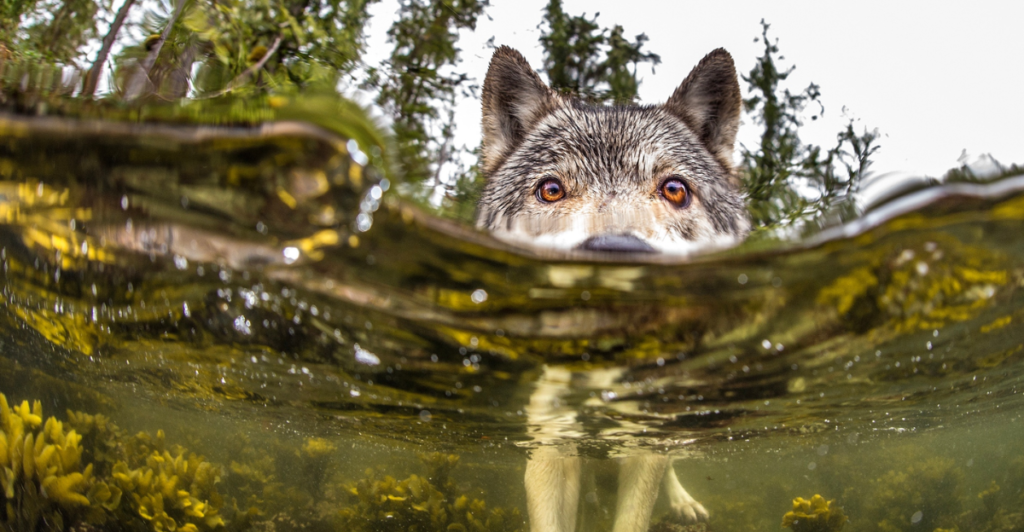
The reintroduction of wolves to Yellowstone National Park has unleashed an extraordinary ecological cascade. However, a new study demonstrates how these predators have transformed the landscape, affecting wildlife, vegetation, and even the rivers. This mind-blowing process, called a trophic cascade, illustrates the web of links in nature and the ripple effect that restoring predators to a habitat can have.
The Return of Yellowstone’s Wolves
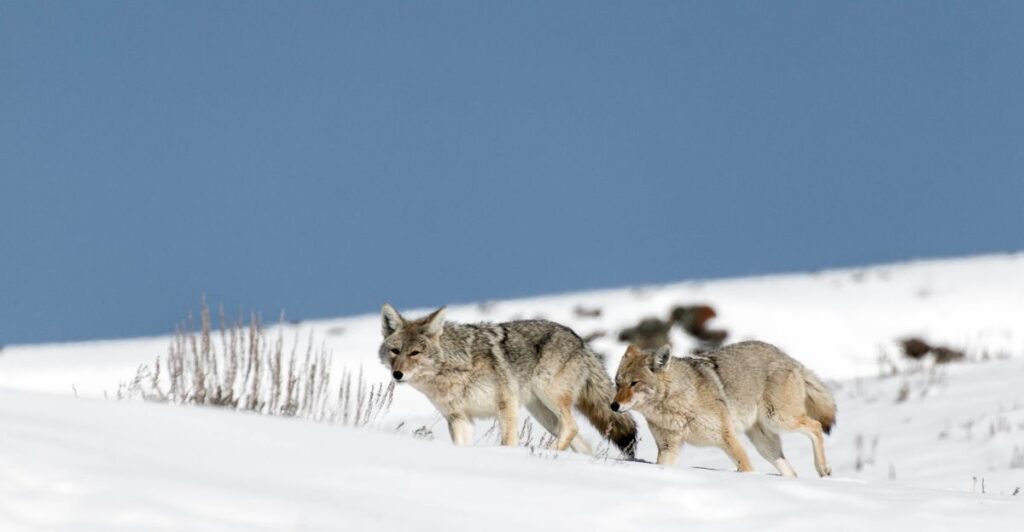
In the 1920s, a campaign to exterminate wolves in Yellowstone succeeded, which allowed elk without predation to thrive unchecked. Freed from the threat of natural predators, elk grazed freely, decimating vegetation. However, when wolves were reintroduced in 1995-96, the dynamics of the ecosystem began to shift dramatically.
What Is a Trophic Cascade?
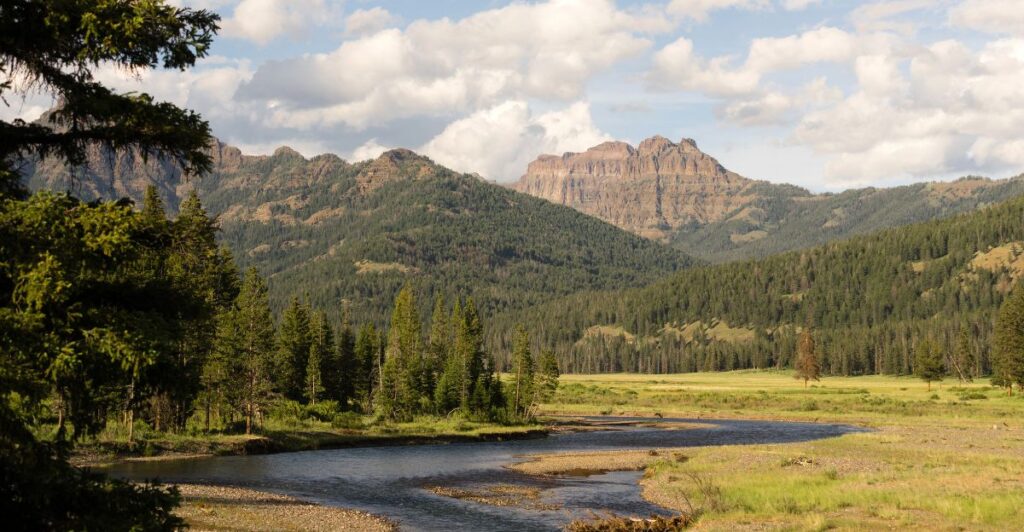
Trophic cascades occur when predators have an indirect influence down through multiple levels of the food chain. In Yellowstone, wolves reduced elk numbers and altered their behavior, resulting in “trophic cascades” everywhere. This indirect effect has profoundly altered the park’s biodiversity and landscape.
Elk Behavior and Vegetation Recovery
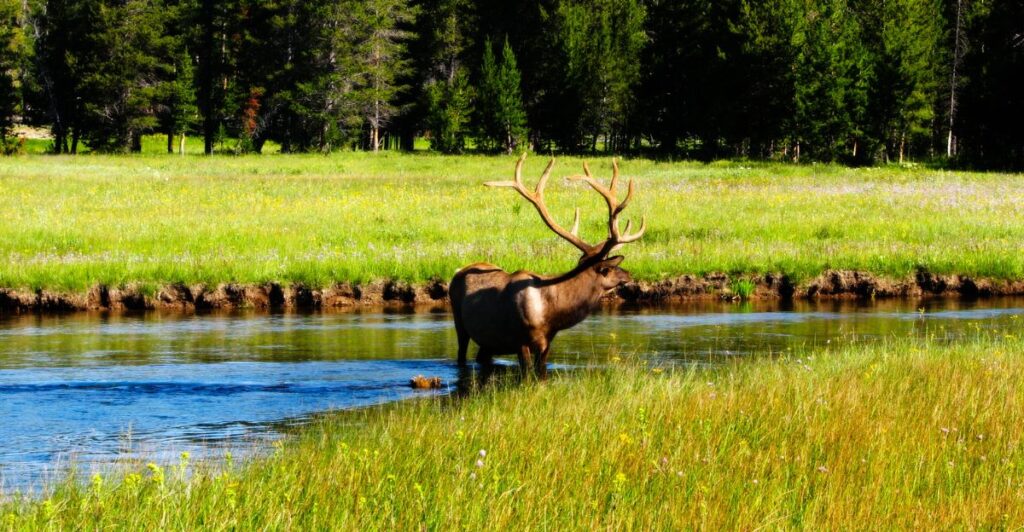
In the absence of wolves, elk roamed freely without fear, heavily consuming the vegetation. After wolves were reintroduced, elk became cautious and limited their time in open areas. This shift allowed plants and trees to regenerate, leading to richer habitats for other species.
The Role of Riparian Areas
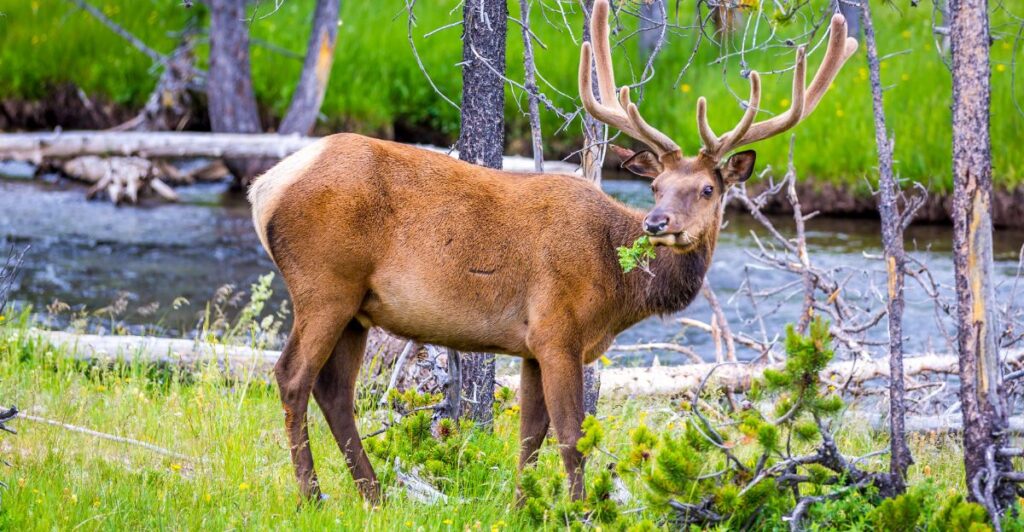
Riparian (streamside) zones are critical for biodiversity, providing food and shelter to numerous species. A 20-year study of 25 riparian sites revealed a 1,500 percent increase in willow crown volume, demonstrating just how much wolves can change their environment through ecological recovery.
Expanding Biodiversity
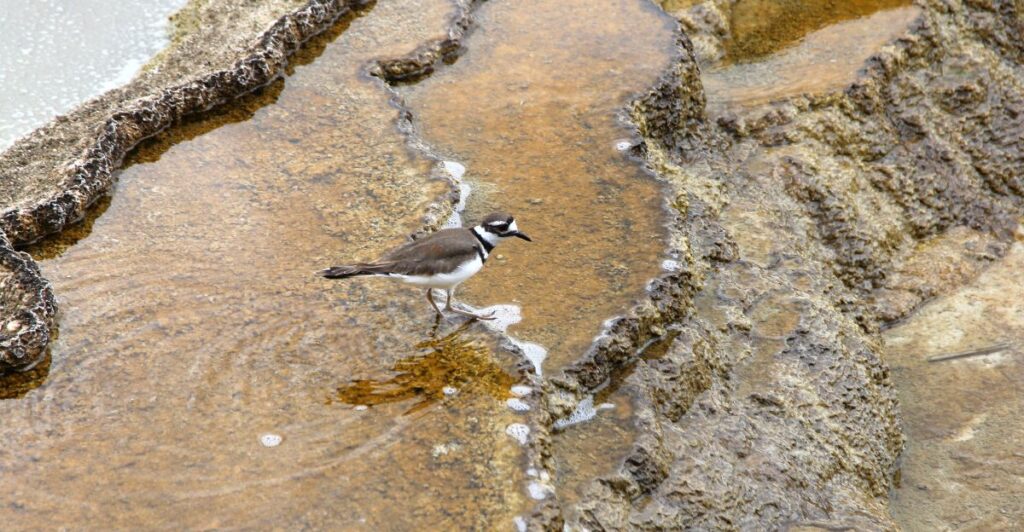
As vegetation flourished, it attracted more birds, insects, and small mammals. They have seen a revival of healthier and vibrant plant life, which has also increased biodiversity, contributing to a healthy ecosystem.
How Wolves Changed the Rivers
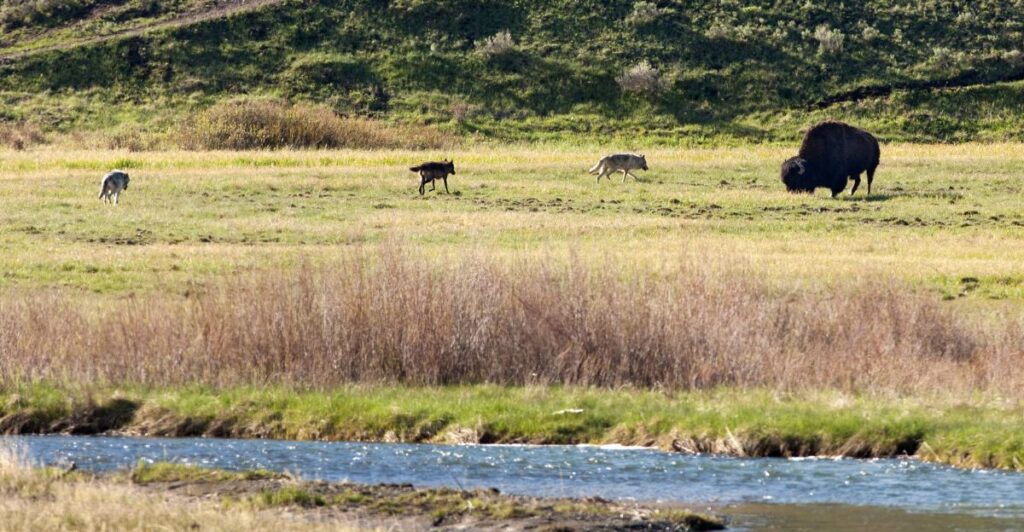
With more plant growth holding the riverbanks in place, erosion slowed dramatically. This reduced meandering, deepened channels and created small ponds — ultimately altering the topology of Yellowstone’s waterways.
Assessing the Recovery Impact
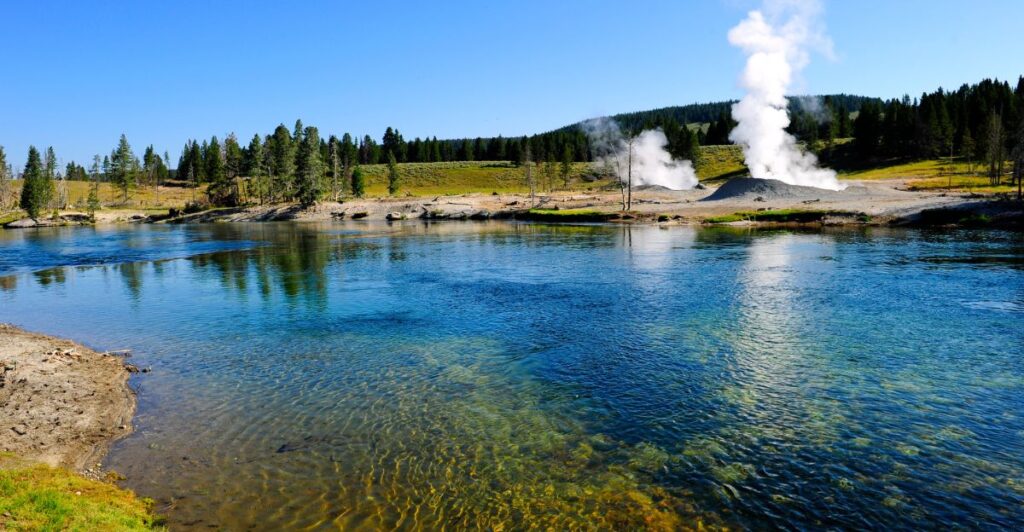
Willow crown volume was a key measure of ecological recovery that scientists tracked. Their findings indicate that Yellowstone’s trophic cascade is among the strongest recorded globally, with 82 percent of studies showing lesser effects.
The Recovery Will Be Slow
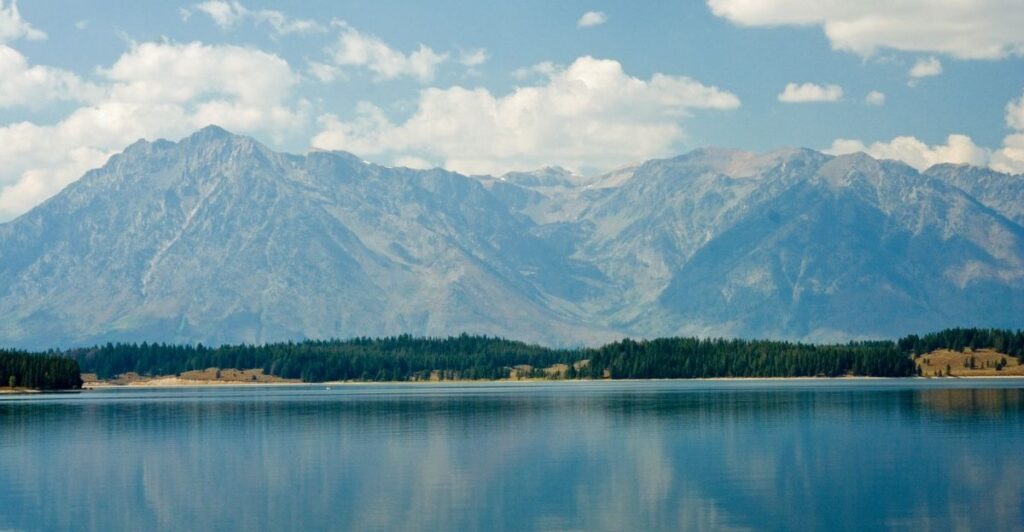
It takes time for an ecosystem to recover. Plant regrowth was slow at first due to decades of elk overgrazing. But over the years, willows and other vegetation have increased in height, providing crucial habitats for a variety of wildlife species.
Broader Implications For Conservation
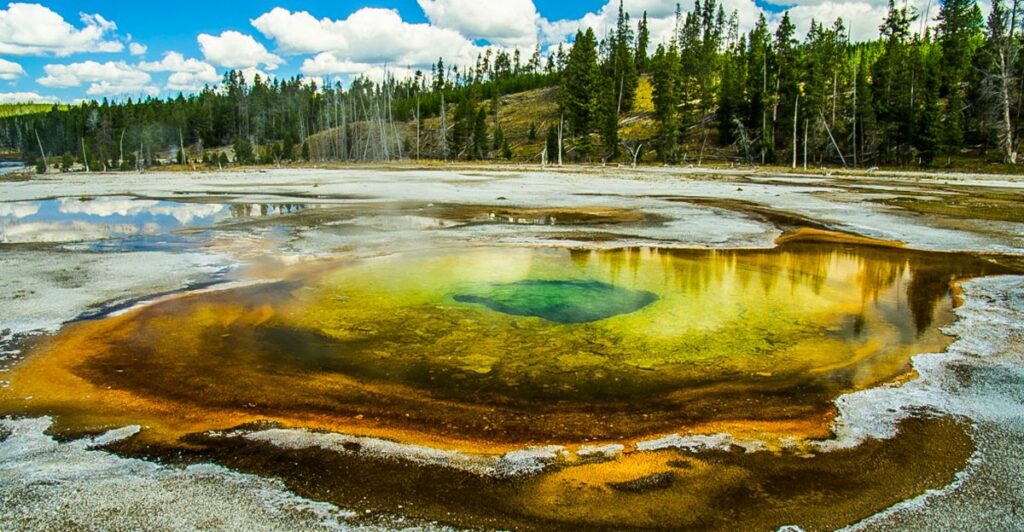
The significant role that large predators play in an ecosystem underscores this study’s implications. The findings suggest that restoring predator populations can improve global biodiversity, habitat quality, and ecosystem resilience worldwide.
The Role of Other Woody Species
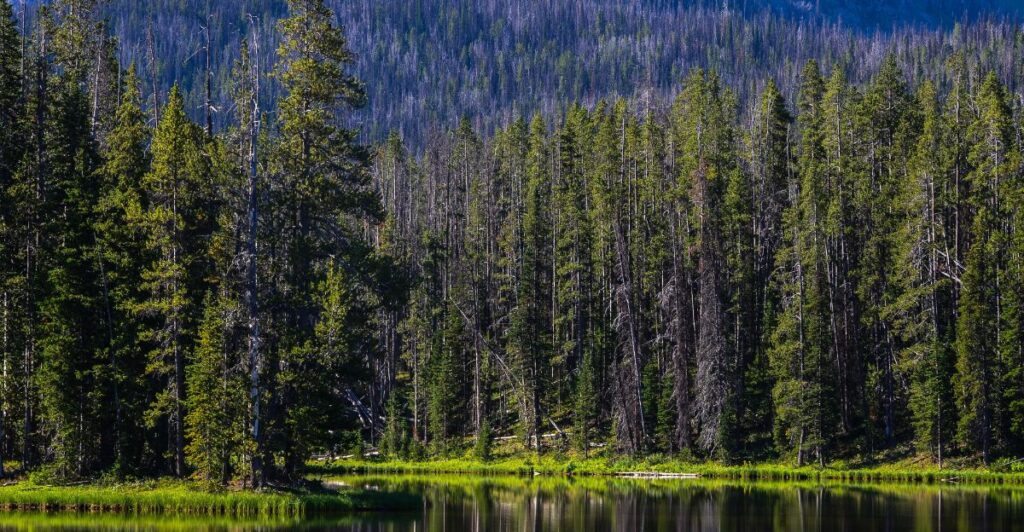
Aspens, alders, and berry-producing shrubs — not just willows — have also benefitted from wolves’ return. As little as a single plant supports a whole host of varied wildlife, enhancing the complex interaction of life in Yellowstone.
The Role of Predators in Ecosystem Architecture
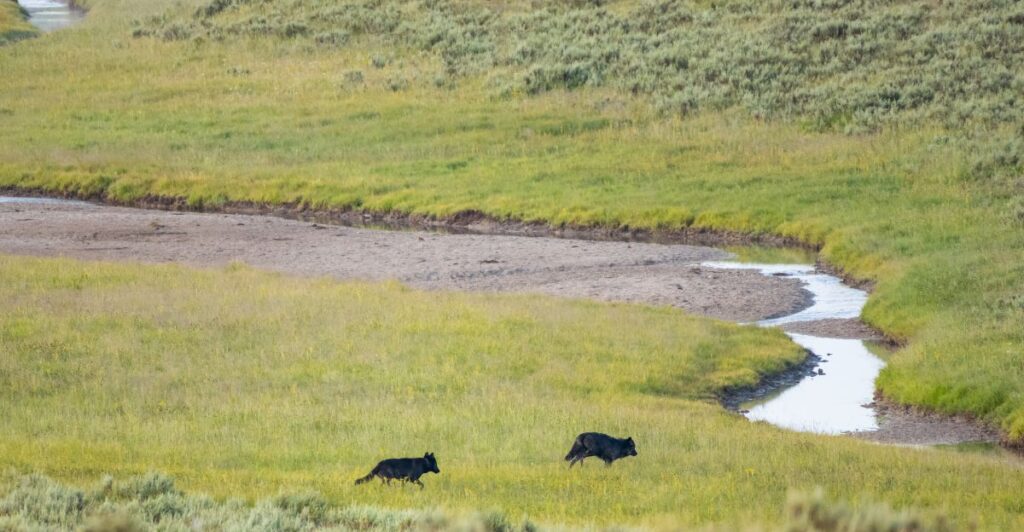
As predators are the key architects of ecosystems, the study highlights how they manage and shape the systems, says William Ripple. They help to stabilize the populations of plant and animal species, promoting the long-term health of the ecosystem.
A Blueprint for the Future of Conservation
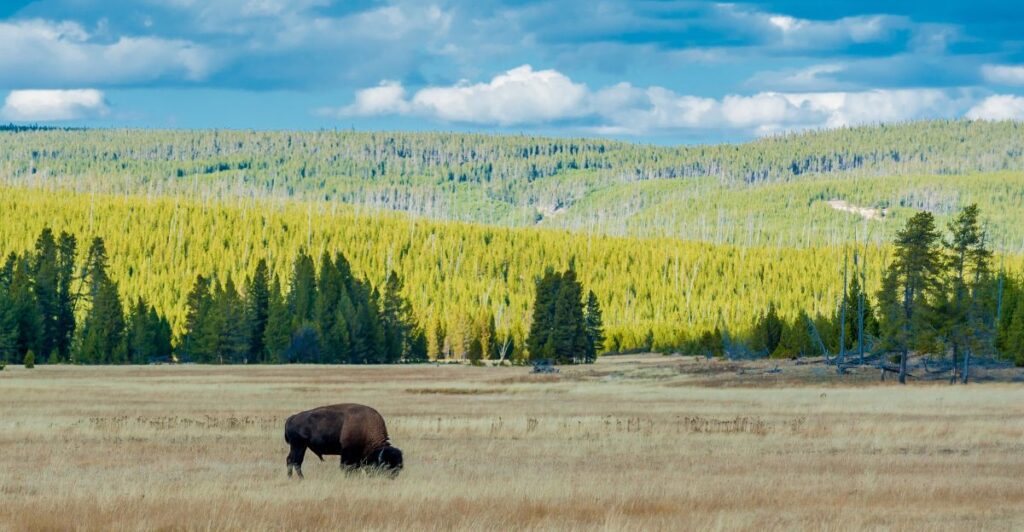
The Yellowstone case illustrates the significance of predator restoration for ecological recovery. By understanding and studying similar processes in other areas, scientists can develop strategies to safeguard and heal vital ecosystems globally.
Discover more of our trending stories and follow us to keep them appearing in your feed
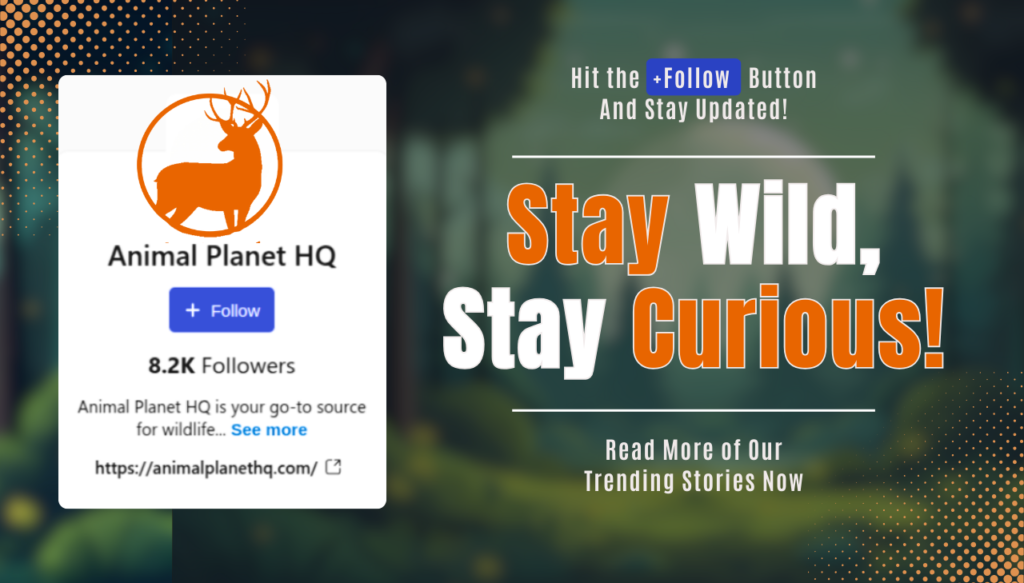
“There Will Be Eruptions”: Concerns Mount as Yellowstone Supervolcano Activity Shifts
Yellowstone Is Waking Up After 160,000 Years
Philanthropist Promises To Cover $771.23M Annually After US Exit From Climate Accords
Massive Solar Plant Is Shutting Down Early—Saving Californians Over $500M
References:
Reference 1
Reference 2
Reference 3
This article first appeared here
Stay connected with us for more stories like this! Follow us to get the latest updates or hit the Follow button at the top of this article, and let us know what you think by leaving your feedback below. We’d love to hear from you!







